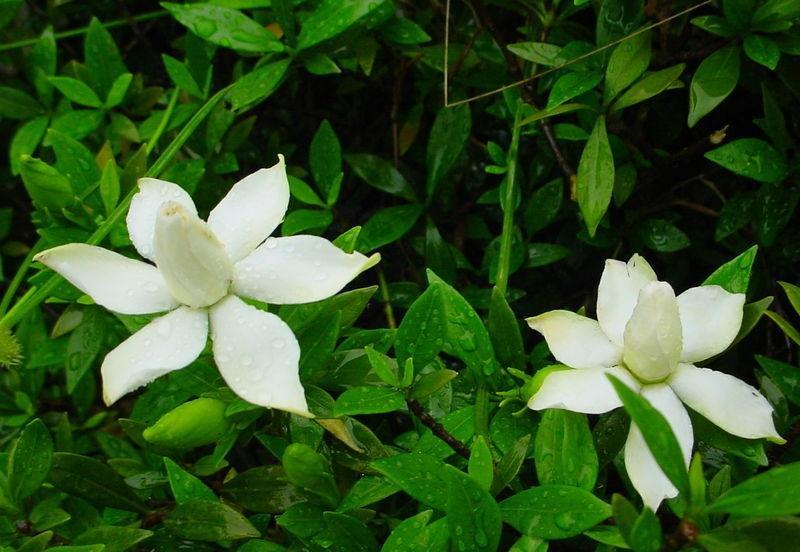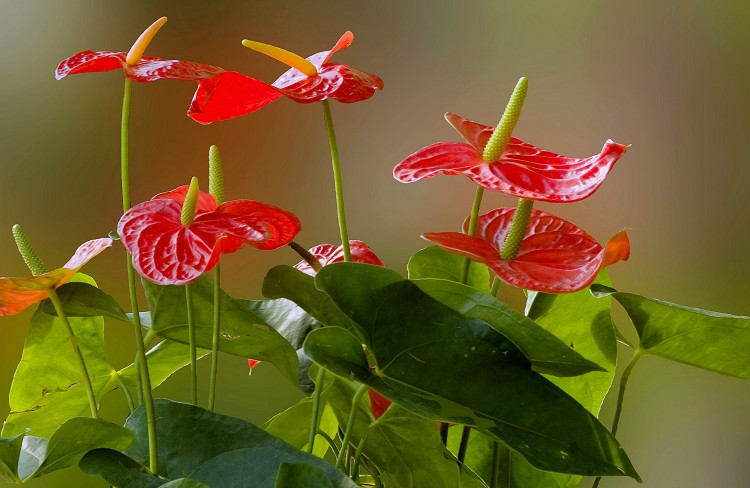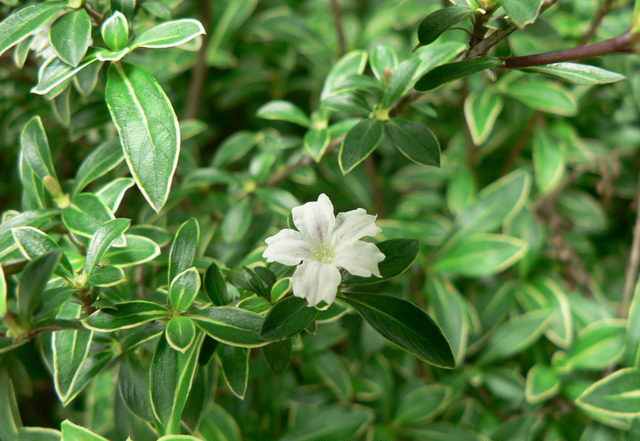The seeds and seeds of Gardenia sinensis L.
Gardenia has a special fragrance and smells very good. The lobular gardenia is estimated to be smaller than the gardenia and is suitable for growing indoors. Fructus Gardeniae is an evergreen shrub. Simple leaves opposite or 3-leaf whorled, leaf blade Obovate, leathery, emerald green and glossy. The flowers are white and fragrant. Berries ovate, yellow or orange. Cuttings, striping, split plants or sowing can be used for propagation. Flowers can be used as spices for tea, and fruits can reduce inflammation and dispel fever. It is an excellent fragrant flower. Gardenia usually refers to ornamental gardenia variants with double petals. Gardenia is also the city flower of Yueyang City, Hunan Province. Evergreen shrubs and woody flowers all the year round. More than 1 m tall, leaves opposite or 3-leaf whorled, short stalked, leaf blade leathery, Obovate or rectangular-Obovate, apex acuminate, slightly obtuse, surface glossy, only clustered short hairs in lower vein axils, stipules sheathlike. Flowers large, white, fragrant, shortly pedicellate, solitary branch apex; calyx lobes Obovate to oblanceolate, extended, anthers exserted. Flowers with 6 petals, double varieties (Gardenia jasminoides). The florescence is longer, blooming continuously from May to June to August. In October, the fruit is yellow, ovate to long oval, with 5-9 winglike straight ribs, 1-loculed; there are many seeds embedded in the fleshy placenta. The following is the editor of the net to introduce the cultivation of lobular gardenia.

3. Fertilization: 3% rotten cake fertilizer was added to the lobular gardenia culture soil as base fertilizer, the alum fertilizer made by cake fertilizer and ferrous sulfate retting was irrigated once a week during the growing season, 0.1% potassium dihydrogen phosphate aqueous solution was irrigated once or twice in bud stage, and the fertilizer was stopped above 35 ℃ in summer and below 15 ℃ in autumn.
4. Lighting: lobular gardenia has good sunlight but can not withstand strong sunlight. It can also grow in semi-shade for a long time, but it must maintain 60% light throughout the day in order to meet its growth needs.
5. Change the pot: when the crown width reaches 28 cm or so, change the potted soil in the family potted gardenia. If it is to change the pot, it is better to plant the soil into the new pot, usually in spring March.
6. Pruning: the lobular gardenia leaves three main branches according to the shape of the tree, and the other branches sprouting from the roots should be cut off at any time. Remember that the top of the branch should not be cut short in spring, otherwise it will not blossom in the same year.
7. Overwintering: the root system of the lobular gardenia will be damaged after the severe winter in the north, and it will only recover in spring, so it is necessary to wrap the flowerpot with foam and other thermal insulation materials to protect the root system and put it in the leeward and sunny place to overwinter.
- Prev

What if the leaves of Anthurium andraeanum are yellow and withered?
Anthurium andraeanum is fascinating with its green leaves, bright scarlet bracts and inflorescences inlaid with gold and jade. Its warm, enthusiastic, enthusiastic and enterprising artistic conception makes people happy. In recent years, with the continuous improvement of the sales form of Anthurium andraeanum potted flowers, more and more flower manufacturers want to enter this field.
- Next

Culture methods and matters needing attention of snow in June
June snow, the name, sounds very sad. Ha ha. Is it possible that the painting is white, with fine white flowers in June, the smallest tree and sparse branches and leaves? Like light shade, afraid of the sun, there are many under the leaves and trees in the mountains. Spring planting, or Huangmei rain cutting, it is appropriate to pour shallow tea. The temperature is not strict, and it is evergreen in South China.
Related
- Fuxing push coffee new agricultural production and marketing class: lack of small-scale processing plants
- Jujube rice field leisure farm deep ploughing Yilan for five years to create a space for organic food and play
- Nongyu Farm-A trial of organic papaya for brave women with advanced technology
- Four points for attention in the prevention and control of diseases and insect pests of edible fungi
- How to add nutrient solution to Edible Fungi
- Is there any good way to control edible fungus mites?
- Open Inoculation Technology of Edible Fungi
- Is there any clever way to use fertilizer for edible fungus in winter?
- What agents are used to kill the pathogens of edible fungi in the mushroom shed?
- Rapid drying of Edible Fungi

